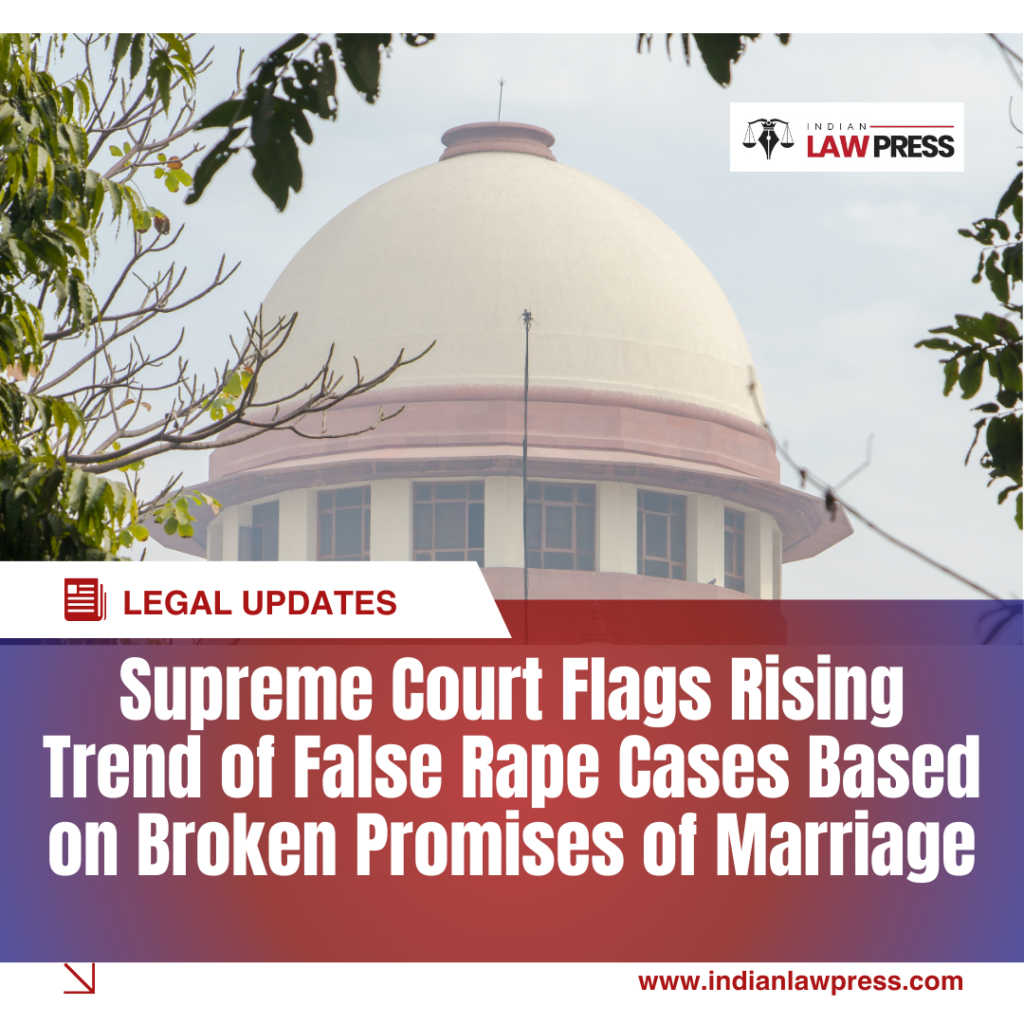The Supreme Court clarifies Section 122 of the Indian Evidence Act, explaining when spousal communications can be used as evidence and how it aligns with the right to a fair trial under Article 21. Learn the key takeaways from this landmark judgment.
Introduction
In a landmark ruling, the Supreme Court of India has clarified the scope and purpose of Section 122 of the Indian Evidence Act, 1872, which protects communications between spouses made during the subsistence of marriage. The Court addressed concerns that allowing such communications as evidence could disrupt marital harmony, observing that
“if spouses are already snooping on each other, it reflects a lack of trust — a sign of a broken relationship.”
This judgment sheds light on how spousal privilege, marital privacy, and the right to a fair trial under Article 21 of the Constitution interact in matrimonial disputes and criminal proceedings.
Understanding Section 122 of the Indian Evidence Act
Section 122 of the Evidence Act deals with privileged communications between spouses. It ensures that what one spouse tells another during marriage cannot be disclosed as evidence without consent. However, the law also outlines specific exceptions to this rule.
The Supreme Court, while analysing the provision, made the following key observations:
1. Two Parts of Section 122: Compellability and Permissibility
o The first part deals with compellability, meaning no spouse can be forced to disclose communication made by the other during marriage.
o The second part deals with permissibility, meaning even if one spouse is willing to disclose, it cannot be admitted unless the communicating spouse consents.
2. Exceptions to the Rule
o The bar does not apply in:
Proceedings between married persons (such as divorce or maintenance cases).
Cases where one spouse is accused of a crime against the other.
In these situations, the court may allow the evidence even without the consent of the other spouse.
3. Scope and Applicability
o The protection under Section 122 applies only to legally wedded couples and not to live-in or other relationships.
o The bar continues even after marriage ends, but only for communications made while the marriage was valid.
o The restriction applies to the recipient spouse, not the one who made the communication.
4. Third-Party Disclosure
o If the same information was shared with a third person, that person can testify — the bar under Section 122 applies only between spouses.
5. Meaning of “Communication”
o The word “communication” covers all forms — verbal, written, or by signs — but refers only to what one spouse conveys to the other, not general conversations.
Illustration Explained by the Court
The Supreme Court gave an example to explain how Section 122 works:
If a wife tells the court that her husband confessed to a murder in a private conversation during marriage, she cannot disclose this without his consent. However, if he repeated the same confession to a friend, that friend can testify in court.
This protects the sanctity of marital trust, while still allowing the truth to be uncovered through lawful means.
Connection with Article 21: Right to Privacy and Fair Trial
The Court emphasised that Section 122 does not violate the right to privacy under Article 21. Instead, it aligns with the right to a fair trial, which allows both parties to present relevant evidence in court.
The judges clarified that the purpose of Section 122 is not to create a fundamental privacy right between spouses but to protect the sanctity of marriage. Therefore, in disputes between spouses, the privilege of privacy can be set aside to ensure a fair judicial process.
Key Takeaways from the Judgment
• Section 122 is not an absolute bar — it’s a limited restriction on disclosing spousal communications.
• The privilege ends when the spouses are in litigation against each other.
• The right to privacy does not override the right to fair trial under Article 21.
• Courts can allow spousal communications as evidence in certain matrimonial or criminal proceedings.
Judgment Outcome
The Supreme Court set aside the Punjab and Haryana High Court’s order and restored the Family Court’s decision that allowed the use of a memory card, CD, and transcript containing recorded conversations between spouses as evidence.
The Court ruled that these materials could be examined as part of fair trial proceedings, in accordance with law.
Conclusion
This judgment is a crucial clarification on how spousal communications are treated in Indian law. It reinforces that while marital privacy is respected, it cannot become a barrier to justice and fair trial. The ruling redefines the balance between trust in marriage and transparency in court, ensuring that the pursuit of truth remains paramount.





